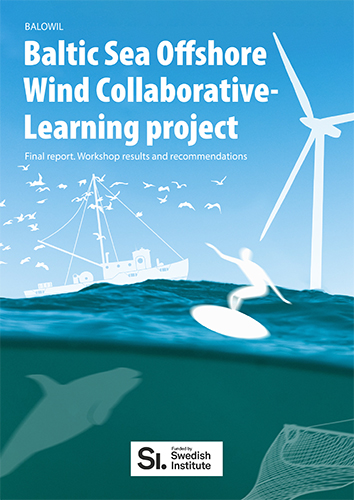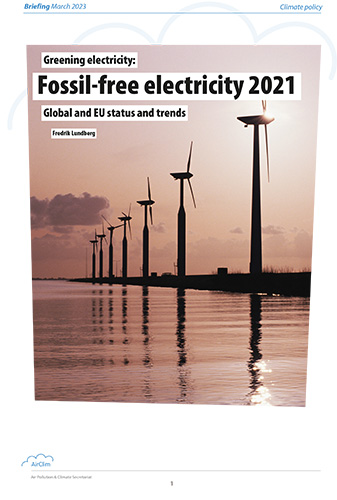
The road to Copenhagen
On 28 January the Commission issued a press release on the EU’s targets for a climate agreement in Copenhagen.
The release stresses that the 2ºC target may call for very drastic reductions in emissions and that new research shows stabilization may require levels to be reduced as low as 350 ppm CO2 equivalents. This would not only mean a reduction in emissions but also in the current levels.
According to the press release, worldwide emissions must peak before 2020 and fall by more than 50 per cent by the year 2050.
Some of the main points:
- The target is that the developed countries at the Copenhagen climate summit should reduce their emissions by 30 per cent by 2020, taking 1990 as the base year, and that other countries should reduce their emissions by 15–30 per cent compared to business as usual.
- One obvious consequence will be increased pressure on the project mechanisms. Despite this, or possibly in response, the Commission is recommending reforms to the CDM, and indirectly levelling harsh criticism at the way it currently operates:
- To ensure environmental integrity, the CDM should be reformed, crediting only those projects that are additional and go beyond low cost options.
In addition, for advanced developing countries and highly competitive economic sectors, the project-based CDM should be phased out in favour of moving to a sectoral carbon market mechanism.
These sectoral mechanisms are not specified, but refer to a form of emission trading between, say, ore-based steelworks, that enables those with lower than average emissions per tonne to sell their rights to those with higher emissions. Sectors that are responsible for high emissions include steelworks, cement works, aluminium plants and oil refineries. Emissions per tonne of product vary considerably between production units, but not as widely between countries.
International aviation and shipping are not covered by the Kyoto system, and the Commission wants to change this.
The EU would also like to see international trade in emission rights extended by 2015 to include the entire OECD, which roughly corresponds to the rich nations of the world and mostly encompasses those countries that currently have undertakings under the Kyoto Protocol. The Commission initially wants to set up a working committee with the USA.
It is also hoped that agreement in Copenhagen will result in a framework to help countries to adapt to the unavoidable aspects of climate change. Every country will have to develop adaptation strategies, and the most vulnerable countries should receive technical and economic aid.
Energy-related research and development should be doubled by 2012 and quadrupled by 2020, according to the Commission.
The Commission estimates that reducing emissions will require additional investments of around 175 billion euro per year, more than half of which will be needed in developing countries. Tax-funded measures in developing countries must be comparable and fair, and should be negotiated as part of the Copenhagen agreement.
The environmental movement has shown a fairly positive response to the release, but Greenpeace commented, for example, that it lacked clear commitments on the question of funding for developing renewable energy sources in developing countries.
Fredrik Lundberg

 Download this issue
Download this issue Draft new EU legislation that would limit harmful vapour emissions from petrol pumps was proposed on 4 December by the European Commission.
Draft new EU legislation that would limit harmful vapour emissions from petrol pumps was proposed on 4 December by the European Commission.










